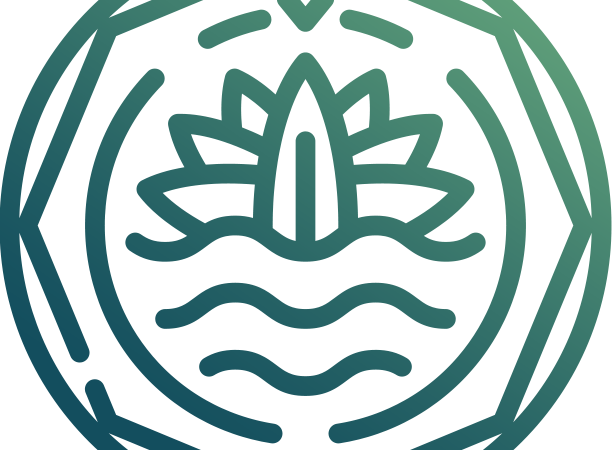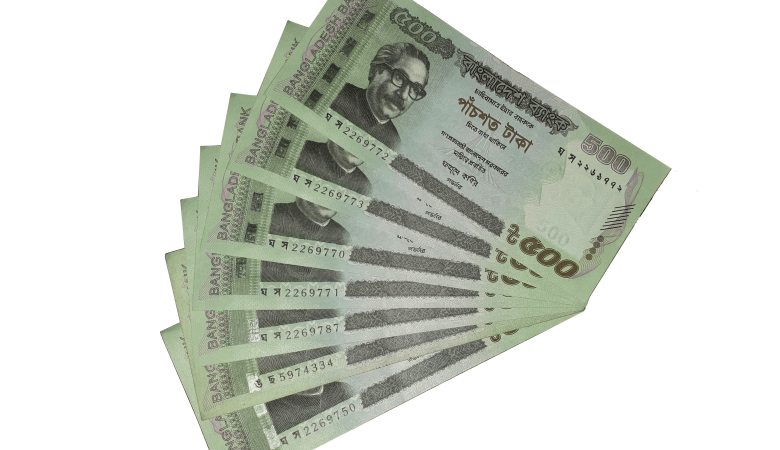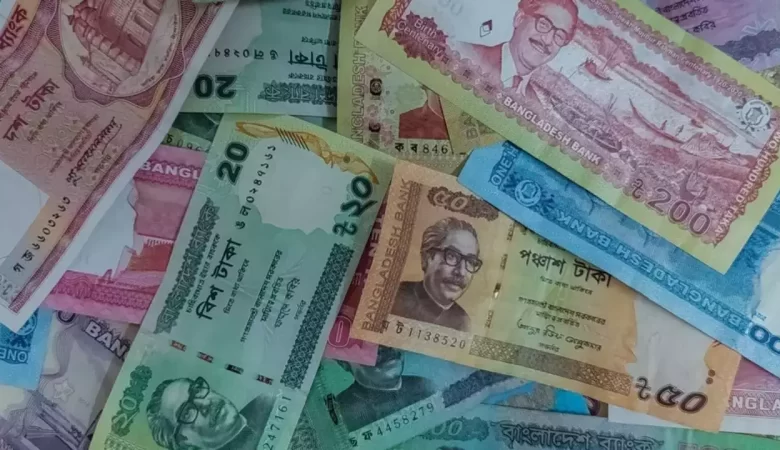What is Bangladeshi currency?
The Bangladeshi Taka, sometimes known as BDT, is the country of Bangladesh’s official currency. The Taka is represented by the character “.” 100 poisha are used to further split the Taka. The actual currency used in daily transactions is in the form of coins and banknotes.
The Bangladesh Bank, the nation’s central bank, is in charge of issuing and regulating the Bangladeshi Taka. The administration of the nation’s financial system as a whole, currency issue, and monetary policy are all under the control of the bank.
Bangladesh frequently uses banknotes in the following denominations: 2, 5, 10, 20, 50, 100, 500, and 1000. There are coins available in 1, 2, and 5 Taka as well as several poisha denominations.
The value of the Bangladeshi Taka is impacted by a number of economic variables, such as trade balances, inflation, interest rates, and general economic circumstances, and is prone to swings on the foreign currency market.

Bangladeshi currency characteristics:
The Bangladeshi Taka (BDT), the national currency of Bangladesh, has a number of essential traits that determine its function, appearance, denominations, and attributes. The Bangladeshi Taka’s primary qualities are listed below:
- Denominations and Subdivisions:
- The basic unit of money is the taka, which is divisible into 100 poisha. The smallest unit of currency used in transactions for fractional amounts is called a poisha.
- Currency Symbol:
- The Bangladeshi Taka is represented by the character “.” It made its debut formally in 1971.
- Currency Code:
- The Bangladeshi Taka’s ISO 4217 currency code is BDT.
- Banknotes:
- Banknotes are commonly used in Bangladesh for everyday transactions. They are available in various denominations, including ৳2, ৳5, ৳10, ৳20, ৳50, ৳100, ৳500, and ৳1000.
- Coins:
- Coins are also in use; they come in several poisha values as well as 1, 2, and 5 Taka coins. Coins are used less often than banknotes, nevertheless.
- Design and Security Features:
- The designs of Bangladeshi banknotes and coins vary, although they frequently highlight significant people from the country’s history, culture, and famous sites. To stop counterfeiting, they also have security measures.
- Central Bank:
- The central bank in charge of issuing, governing, and managing the Bangladeshi Taka is the Bangladesh Bank, which was founded in 1971.
- Monetary Policy:
- The Bangladesh Bank oversees the country’s monetary policy to promote price stability, economic expansion, and job creation. The central bank puts policies into place to manage interest rates and inflation.
- Exchange Rates:
- Based on the state of the market and other economic variables, the Bangladeshi Taka’s value changes in relation to other currencies. The foreign exchange market is where currency rates are decided.
- Legal Tender:
- The only accepted form of payment in Bangladesh is the Bangladeshi Taka, which must be used in all domestic transactions.
- Availability and Accessibility:
- The Taka is extensively used for transactions throughout the nation and is easily accessible through banks, currency exchange agencies, and ATMs.
- International Trade:
- The Bangladeshi Taka is a key currency in the world markets and is used for international commerce and financial operations.
The usage, worth, and representation of the Bangladeshi Taka as the country’s official currency are all defined by these features taken as a whole. The government and central bank work hard to maintain the currency’s stability and guarantee that it is used effectively in the economy.

Bangladeshi currency Elements:
Bangladesh’s national currency is the Bangladeshi Taka (BDT). Materials, aesthetic aspects, and security features are only a few of the components that make up banknotes and coins.
- Banknotes:
- To maintain lifespan and durability, Bangladeshi banknotes are generally composed of cotton paper or polymer substrate.
- Coins:
- Depending on the value, coins can be constructed of a variety of materials, including copper, nickel, and other alloys.
- Design and Images:
- Bangladesh’s rich cultural, historical, and natural legacy are depicted in elaborate patterns, symbols, and imagery seen on its money. These could feature images of famous people, famous places, animals, plants, and other things important to the identity of the nation.
- Security Features:
- In order to prevent counterfeiting, contemporary Bangladeshi banknotes have a variety of security features, including holographic strips, color-shifting ink, microprinting, watermarks, security threads, and optically variable ink.
- Watermark:
- A identifiable design or pattern that is infused into the paper during the manufacturing process is known as a watermark and is frequently found on banknotes. A security mechanism to avoid counterfeiting is the watermark.
- Security Thread:
- A security thread is a very thin strip or thread that is integrated into the banknote. It usually alternates between transparent and opaque parts, making it hard to duplicate using standard printing techniques.
- Color-Shifting Ink:
- When viewed from different angles, the ink on certain banknotes changes color, adding a difficult-to-replicate security element.
- Microprinting:
- As a security feature, banknotes frequently have minute text or designs that are hard to replicate using conventional printing methods.
- Holographic Strips:
- Some banknotes may have holographic strips that display shifting colors and pictures as they are moved, making duplication difficult.
- Optically Variable Ink:
- This kind of ink is challenging to precisely copy since it changes color depending on the light’s angle.
- Braille Features:
- To make it easier for those who are blind to distinguish between different denominations, certain banknotes incorporate Braille characteristics.
- Raised Printing:
- To give a tactile feature, some components of the banknote, including the denomination, may be raised or embossed.

distinct series and denominations of banknotes and coins may have distinct security features and design characteristics. To protect the currency’s integrity, the Bangladeshi government and Bangladesh Bank are constantly improving security measures. It is advised to consult official sources or the Bangladesh Bank for the most up-to-date and comprehensive information on Bangladeshi currency components.





